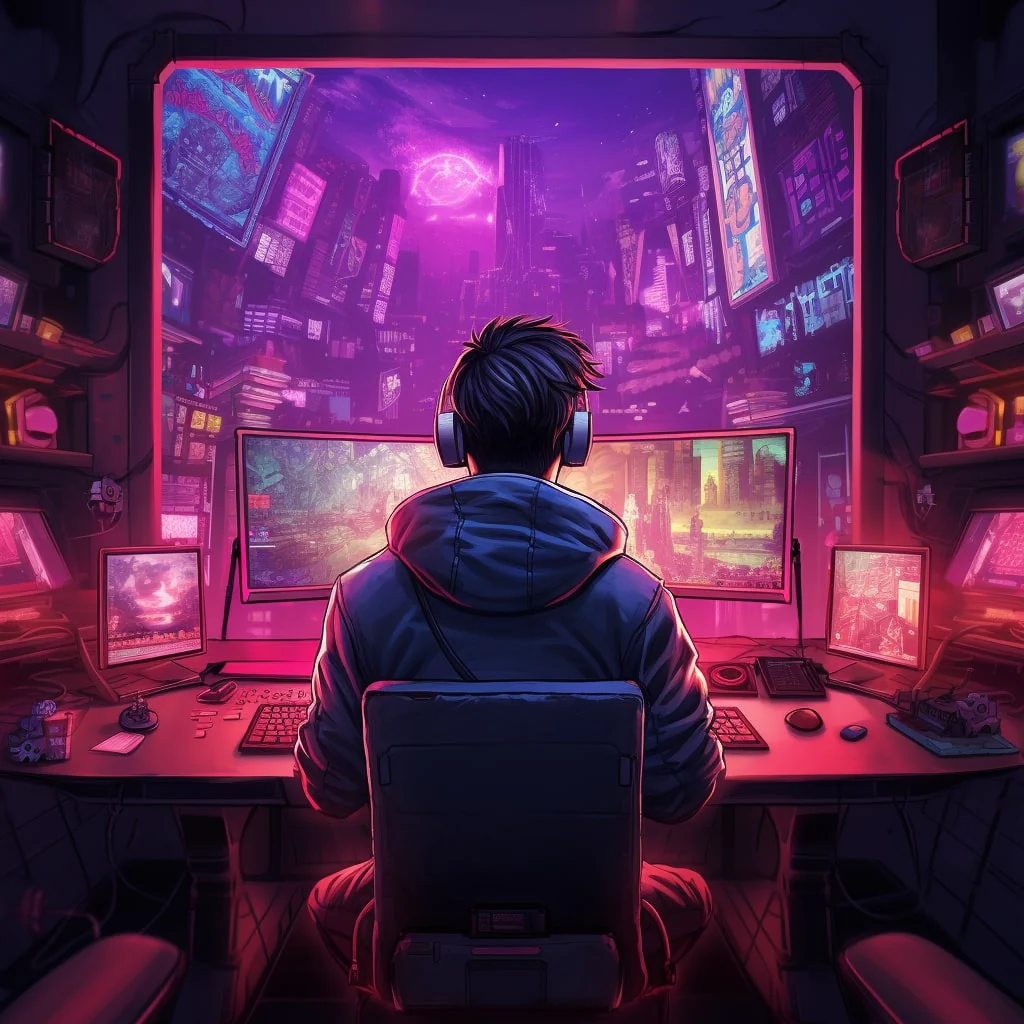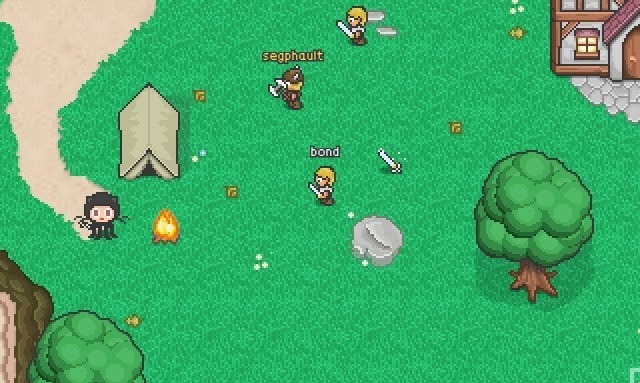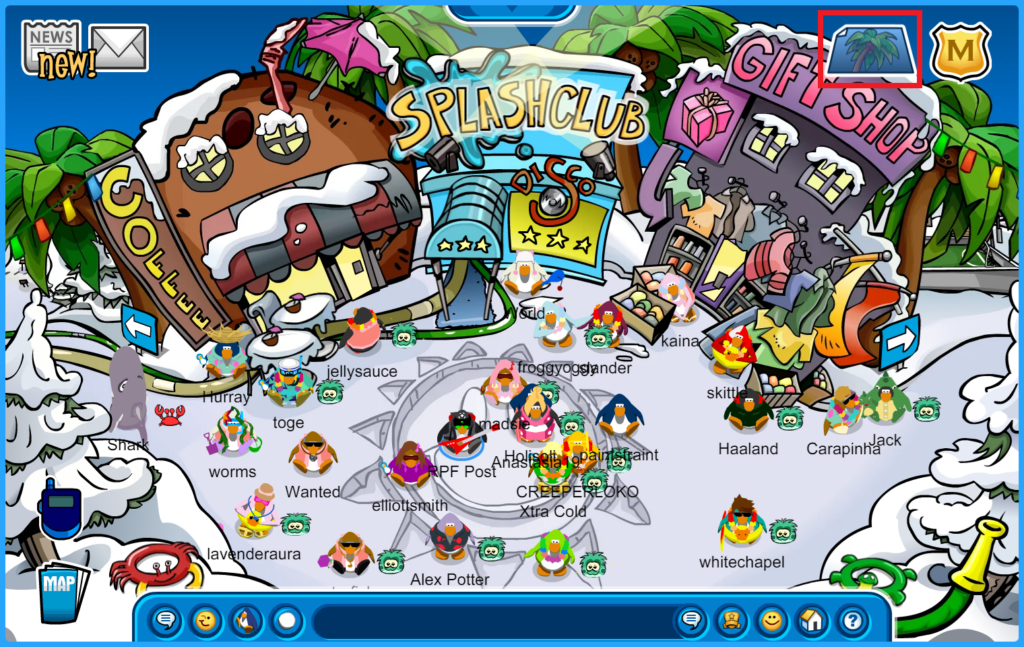The world of web games is vast, dynamic, and constantly evolving. From simple browser-based puzzles to complex multiplayer experiences, web games have become a cornerstone of digital entertainment. But how to develop web games effectively? What tools, technologies, and strategies should developers use to create engaging and high-performing games for the web?
This article dives deep into the process of developing web games, covering everything from foundational concepts to advanced development techniques. Learn about the essential technologies, best practices, and common pitfalls to avoid when building games for the web – regardless if you’re an indie developer or part of a larger studio.
Read as well: How to make a 2D open-world game
What is a web game?
Also known as a browser game, a web game is any video game that runs primarily in a web browser, eliminating the need for downloads or installations. These games leverage web technologies like HTML5, JavaScript, and WebGL to deliver interactive experiences directly to players.

Unlike traditional games that require dedicated hardware or software, web games are accessible across multiple devices – PCs, tablets, and even smartphones – as long as they have a compatible browser. This makes them an excellent choice for developers looking to reach a broad audience without platform restrictions.
Key technologies for developing web games
Developing web games starts with mastering the right technologies. Several frameworks, engines, and programming languages dominate this space, each offering unique advantages.
HTML5 and JavaScript: the foundation
When learning how to develop web games, HTML5 and JavaScript are the most fundamental tools. HTML5 provides the structural backbone, while JavaScript handles interactivity and logic. Together, they enable developers to create responsive, cross-platform games without relying on plugins like Flash (now obsolete).
JavaScript’s versatility allows for both simple 2D games and more complex 3D experiences when combined with libraries like Three.js. Additionally, the Canvas API and WebGL empower developers to render high-performance graphics directly in the browser.

The best game engines for web development in 2025
For developers exploring how to develop web games efficiently, modern game engines have become more powerful and accessible than ever. These tools eliminate the need to build everything from scratch, offering robust frameworks that handle rendering, physics, audio, and cross-platform compatibility out of the box. Here’s a look at the top engines shaping web game development this year.
Phaser 4: The 2D Powerhouse
The latest iteration of Phaser remains the go-to choice for lightweight 2D web games, with significant improvements in performance and workflow.
Key features include:
- Enhanced WebGL 2.0 support for smoother animations and effects
- Improved TypeScript integration for better code maintainability
- Built-in WebAssembly (WASM) compilation for near-native performance
- AI-assisted asset optimization that automatically scales sprites for different resolutions
Perfect for:
- Hyper-casual games
- Browser-based puzzle and platformer titles
- Rapid prototyping
Babylon.js 7: pushing web-based 3D further
Babylon.js continues to dominate high-end 3D web games, now rivaling native engines in visual fidelity.
Recent advancements are:
- Ray tracing via WebGPU for realistic lighting and shadows
- AI-powered LOD (Level of Detail) generation for optimized performance
- Seamless WebXR integration for instant VR/AR browser experiences
- Procedural content tools for auto-generating terrains and textures
Perfect for:
- AAA-quality browser games
- Immersive 3D product demos
- Metaverse-style social spaces

Unity WebGL 2025: console-quality games in browser
Unity’s WebGL export has overcome past performance limitations, making it a viable option for complex, content-rich web games.
The latest improvements include:
- 60% smaller build sizes thanks to advanced WASM compression
- Multi-threading support via Web Workers
- One-click PWA conversion for offline playability
- Cloud-based asset streaming to reduce initial load times
Perfect for:
- Porting existing Unity projects to web
- Narrative-driven RPGs and strategy games
- Games requiring complex physics simulations
The step-by-step guide to developing captivating web games
Now that we’ve explored the core technologies powering web games, it’s time to dive into the exciting development pipeline. A well-structured approach not only streamlines your workflow but also elevates the quality of your final product. Whether you’re crafting a casual puzzle game or an immersive RPG, following these key stages will help bring your vision to life smoothly.
Step 1: concept & design – where imagination takes shape
Every great web game starts with a spark of creativity. Before writing a single line of code, take the time to define your game’s soul – its genre, core mechanics, and the players you want to enchant. Ask yourself questions like:

Will it be a fast-paced arcade game, a strategic puzzle adventure, or something entirely unique? How will players interact with your world? Intuitive controls and engaging gameplay loops are essential.
This is where storyboarding, wireframing, and prototyping come into play. Sketching out levels, designing characters, and testing rough gameplay concepts early can save you from major overhauls later. Think of it as laying the foundation for a masterpiece!
Step 2: development & programming – breathing life into your game
With a solid design in hand, it’s time to roll up your sleeves and start coding. This is where the magic truly happens, transforming ideas into an interactive experience. Remember:
- JavaScript is your best friend, use it to implement game mechanics, physics, and player interactions.
- Bring visuals to life with Canvas for 2D games or WebGL for stunning 3D graphics.
- Optimize early and often to ensure buttery-smooth performance across PCs, tablets, and smartphones.
Always remember this pro tip: keep your code clean and modular. Separating game logic from rendering, for example, makes debugging easier and allows for seamless updates down the road.
Step 3: testing & optimization – polishing your gem
Even the most brilliant games can stumble if they’re not thoroughly tested. Players expect seamless experiences, so leave no stone unturned:
- Cross-browser compatibility: Does your game run flawlessly on Chrome, Firefox, Safari, and Edge?
- Device testing: How does it perform on touchscreens, different resolutions, and varying hardware?
- Performance tweaks: Reduce load times, compress assets, and minimize memory usage to keep players engaged.
Think of this stage as fine-tuning a musical instrument: every adjustment brings you closer to perfection.
Step 4: deployment & monetization – sharing your creation with the world
Your game is ready! Now, how do you get it into players’ hands and maybe even turn a profit?

Hosting options:
Your options are, mostly, to use game portals, create your own website, or use progressive web apps. While game portals like Kongregate or itch.io offer built-in audiences, your own website gives full control over branding and updates and progressive web apps (PWAs) let players enjoy an app-like experience without downloads. You have to consider the best option for your own goal and preferences.
Monetization strategies:
Planning monetization early ensures a steady revenue stream while keeping players happy. Here are some options you can choose from to profit with your creation:
- Use Ads (subtle and non-intrusive, please!).
- Make some in-game purchases for cosmetics, power-ups, or expansions.
- Use and offer some premium models where players pay upfront for a polished experience.
This is an exhilarating journey – from the very first flicker of an idea to the thrill of watching players enjoy your creation. By following these steps, you’ll not only streamline development but also craft an experience that captivates and delights!
Good news for you: count on Main Leaf to help you in this mission!
At the end of the day, developing web games requires a mix of technical knowledge, creativity, and strategic planning. By leveraging modern frameworks, following a structured development process, and anticipating common challenges, developers can create engaging and successful browser-based games.
While indie developers can learn how to develop web games independently, partnering with experienced studios like Main Leaf ensures professional-grade results. Our team specializes in crafting high-performance web games, leveraging cutting-edge technologies and industry best practices.
From concept to deployment, we handle every aspect of development, allowing publishers and developers to focus on their creative vision. Our expertise in how to develop web games spans various genres, ensuring tailored solutions for every project.
So wait no more. Contact us today to discuss your project and discover how our expertise can elevate your game to the next level!

